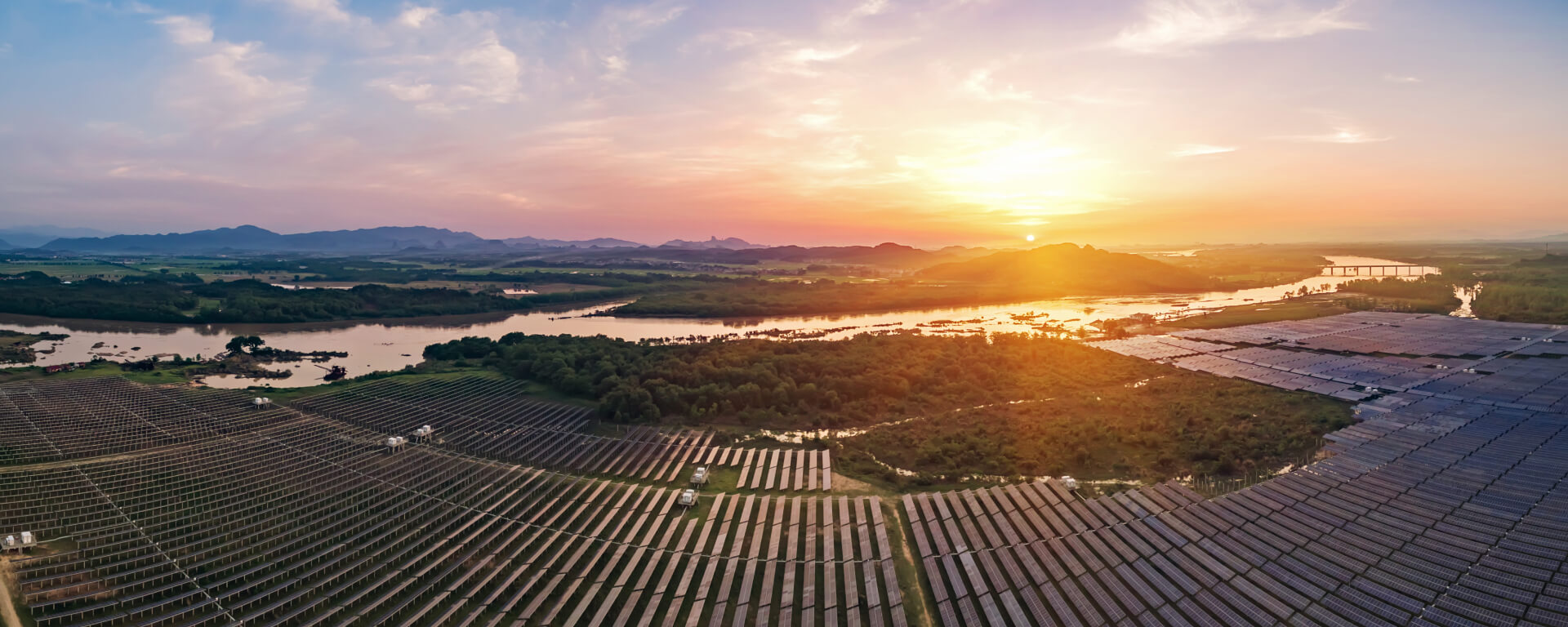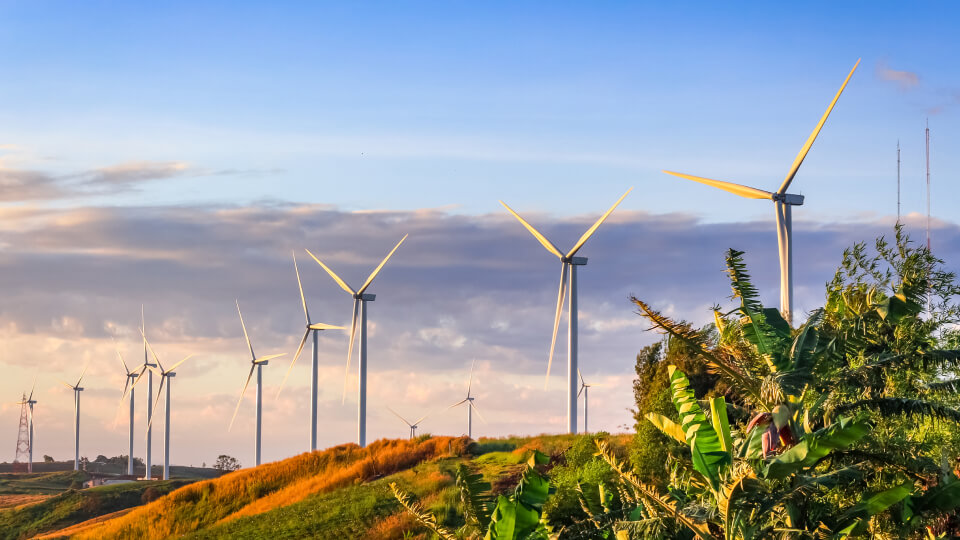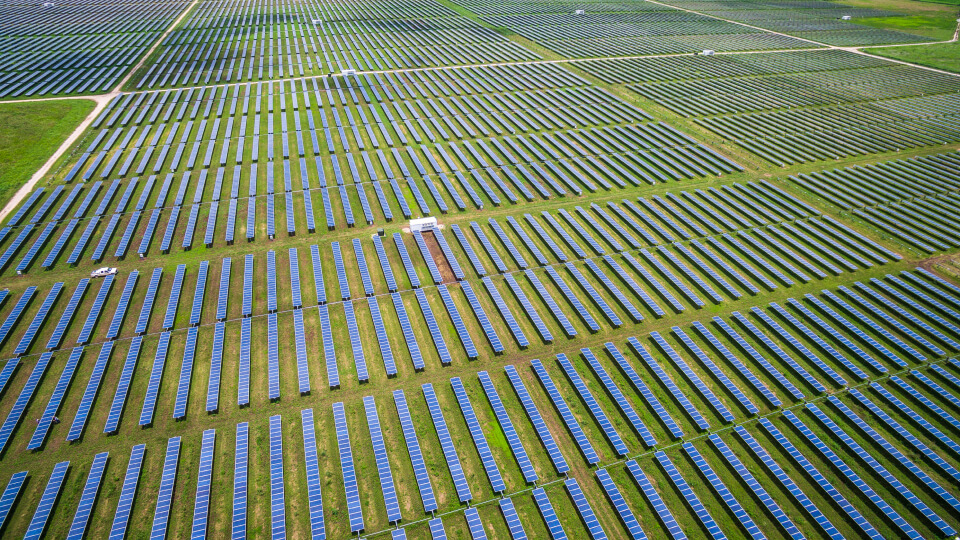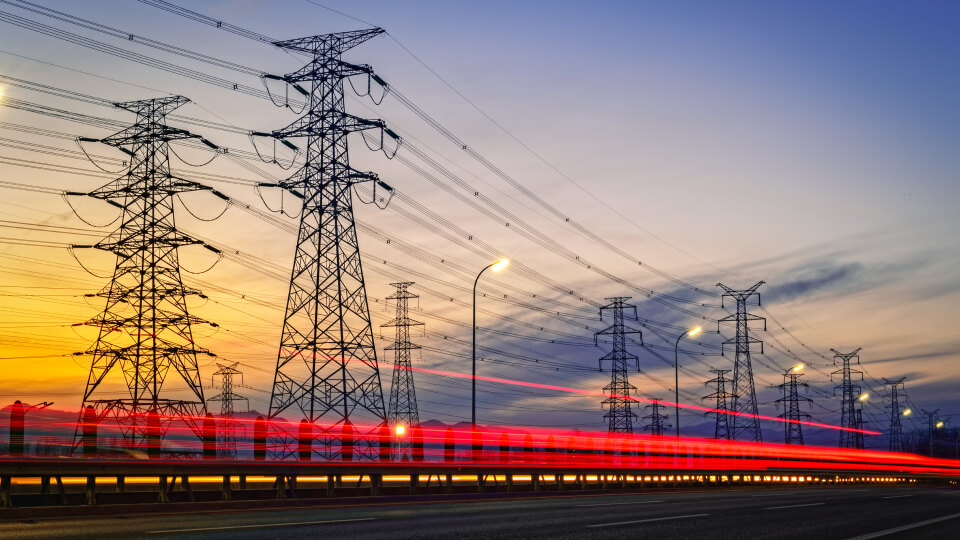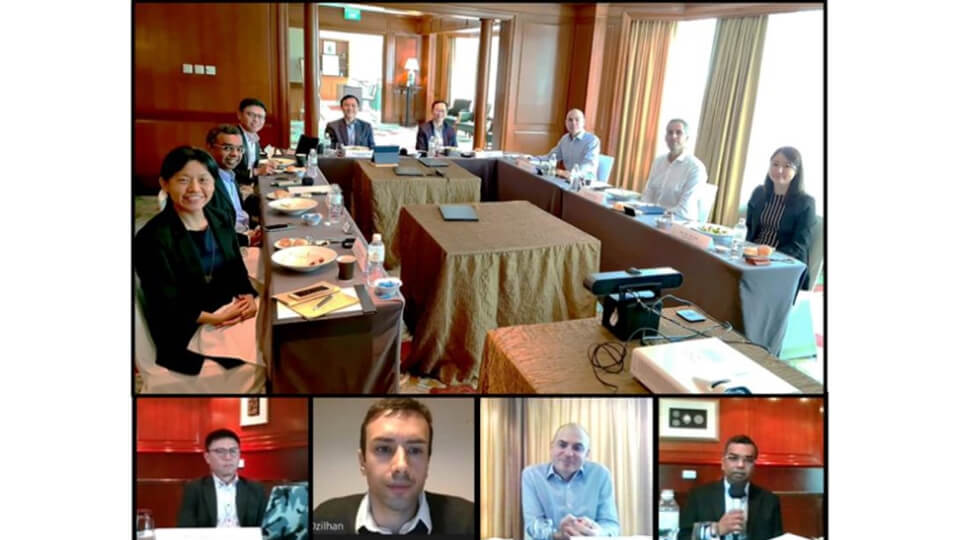Sector Deep Dive #4: Renewable Energy
InfraAsia organised a deep dive session on renewable energy in Southeast and South Asia with four industry players.
In the ASEAN Plan of Action for Energy Cooperation (APAEC) 2021-2025 Plan, ASEAN energy ministers agreed to set a target of 23% share of renewable energy in total primary energy supply in the region and 35% in ASEAN installed power capacity by 20251. To achieve these targets, approximately 35GW to 40GW of renewable energy capacity has to be added by 2025. While the pandemic caused disruptions in 2020, governments in the region are continuing to place focus on their renewable energy targets.
Here in Singapore, the government meted out the Green Plan 2030 in February 2020 to advance sustainable development and achieve Singapore’s long-term net-zero emissions aspiration2. One of the targets include increasing the total capacity of solar energy from 350 MWp in 2020 to 2GWp by 2030, and 5GWp by 2050. These commitments by the various governments translate to opportunities for companies to participate in.
To better understand the opportunities and challenges faced for renewable energy projects in Southeast Asia and South Asia, Infrastructure Asia organised a deep dive session to gather views from industry players. We also discussed ways to increase the involvement of the Singapore infrastructure ecosystem in regional renewable energy projects. The insights gathered are below.
Renewable energy is gaining traction due to a confluence of factors including political alignment, technological advancements and an increasingly greener financial market.
Gilles Pascual, Partner, Strategy & Transactions, ASEAN Power & Utilities Leader, Ernst & Young, said that renewables are gaining traction mainly due to political, economic and financial reasons. Firstly, the Paris Agreement led governments to commit to binding agreements to reduce carbon emissions; one of the main focus areas to achieve this goal is through increased adoption of renewable energy. Furthermore, renewables are cheaper and faster to implement vis-à-vis conventional power generation such as thermal plants, thereby attracting interest from national utilities and private sector investors. As a whole, the financial ecosystem is getting greener and liquidity is pivoting towards renewable energy developments, which creates a push factor for governments to rethink the energy targets.
Subash Narayanan, Managing Director & Head Project Finance, DBS Bank observed that the Asia region is catching up with more mature economies like Europe for renewable energy adoption. Specifically, there is increased interest from corporates for utility-scale projects. There is also high demand for solar which can be installed more easily as compared to wind and geothermal power plants. Complementary to renewable energy developments, there is financing interest for storage solutions. Some of the larger renewable markets include India, China, Taiwan and Australia, while Vietnam, Indonesia and the Philippines are emerging markets within ASEAN.
Lawrence Wu, President and Executive Director, Sunseap said that other than increased deployment of solar projects, electric vehicle (EV) and by extension EV charging is gaining traction. Through EV, drivers can reduce their carbon emissions by up to 80%. As tax reduction and subsidies have been introduced to encourage consumer adoption in the near term, the total cost of owning an EV has become cheaper than owning a fuel car because electricity costs are significantly lower than fuel costs. Lawrence expects more EV models to be introduced into the market and growth is expected in next three to five years.
Yalim Ozilhan, Southeast Asia Manager, EDF Renewables said to identify the opportunities, it is important to see the direction in which the renewable energy industry is innovating. For example, larger wind turbines are coming to market, which increases the economic viability of previously unfeasible projects. Similarly, PV cell technology has been improving continuously in terms of efficiency and lifecycle.
Often, having to overcome land constraints is a consideration involved for renewable energy projects. Solar developments for example could be competing with agricultural land which affects food security. An innovation to overcome this challenge is agricultural-photovoltaics (otherwise known as “Agri-PV”), which refers to the combination of agriculture infrastructure with photovoltaic installations. Other trends led by innovation are floating solar, which can be deployed on existing hydro reservoirs, and floating offshore wind, an area which EDF Renewables is heavily investing in.
Demand for energy storage solutions and energy management systems will scale up to enhance resilience of renewable energy projects, including for microgrids and EVs
Renewables like wind and solar are often not sufficient to meet power demand due to intermittency issues, posing a challenge for existing power grids which are baseload configured. As the percentage of intermittent renewables in the overall energy mix increase, hybrid energy storage solutions (HESS)3 or energy storage systems (ESS) therefore becomes of paramount importance to ensure a more stable flow of power generated. This can help phase out conventional power plants as countries move towards cleaner energy. As mentioned by Subash, the decline in battery costs has increased the adoption in countries like India where batteries are being considered for round the clock renewable energy tenders.
Yalim highlighted that optimal sizing of energy storage systems is another consideration. When done right, it can bring about material cost savings. Developers will have to consider how the ESS fits with the grid and complement it with energy management systems (EMS). Often, there might not be a clear answer as to whether to oversize the battery to accommodate a longer-term increase in power consumption, or sizing the ESS based on current power demand. This creates demand for expertise to overcome the engineering and execution challenges that prevail.
Microgrids in developing countries such as Indonesia and the Philippines have huge potential for the adoption of energy plus storage solutions. For example, given Indonesia’s unique geography, an archipelago of more than 17,000 islands4, nationwide electrification can be challenging. To overcome these challenges, HESS can be a solution with support from local authorities.
As highlighted by Gilles, technology is an enabler; different technology can be deployed across the various applications ranging from EV, to transmission lines to power generation. Lawrence added that Sunseap has deployed a utility-scale storage, which is a 2.4MW/2.4MWh lithium-ion battery system installed in an SP Group substation. The project aims to evaluate the performance and safety of energy storage solutions in Singapore’s hot, humid and highly urbanised environment, regulate frequency and manage intermittent renewable power generation in the vicinity, as well as to aid in establishing technical guidelines for future deployments5.
Innovative commercial structures will continue to drive the adoption of renewable energy
As companies enter regional markets, the reality is that the financials of the projects might not always be as attractive. But this is where innovative project structuring can be adopted to enhance the bankability and investability. For example, hybrid projects with ESS, as mentioned above, can offer some variation in the project structure given the multiple revenue streams. Comparatively, not much variation in project structure can be explored for usual renewable energy projects. A possible way to optimise the project’s commercial structure is the “merchant tail”, which has been adopted by EDF Renewables to improve the internal rate of return (IRR) for investors.
International sponsors will, however, still have to mitigate currency risk (FX risk) by aligning revenue with costs and where possible, acquiring government guarantee for currency convertibility. In some markets, the feed-in-tariffs are linked to USD, hence investors are covered in servicing USD debt obligations. There are also cases where international companies have to work with a regional bank to convert the dollars, although the market would need to be tapped appropriately to ensure sufficient liquidity for the transaction.
Conclusion
While solar continues to be a “lower hanging fruit” in Southeast Asia and South Asia given its ease of deployment from a technical perspective, there are opportunities for wind projects (including offshore wind) especially in Taiwan and Vietnam. Singapore can also attract talent in geothermal expertise from more mature economies such as New Zealand and Iceland to meet the demand from countries in the region, such as Indonesia and the Philippines.
As the adoption of renewable energy and storage solutions accelerate in the region, Singapore can be a strategic hub for access to the regional markets. To fulfil the next generation of renewables, there is demand for technical and commercial consultants, who are needed to assist financiers in evaluating these projects. With the rise of hybrid models which are more complex, technical expertise in this area will be highly sought after, especially experts with engineering and execution capabilities.
Singapore has a comprehensive infrastructure and financial ecosystem, with expertise and experience in the renewable energy sector. Establishing more partnerships between Singapore-based players and with the regional counterparts can thus support more renewable energy projects in the region.
1 Governments across Southeast Asia accelerate renewable energy investment to revive the pandemic-hit economies. Source: LINK
2 Singapore Green Plan 2030 Charts Ambitious Targets for Next 10 Years to Catalyse National Sustainability Movement. Source: LINK
3 Hybrid energy storage systems (HESS) refers to the combination of two or more types of energy storage to form a single system. This helps to fulfil applications that have opposed requirements (e.g. fast response vs peak shaving).
Source: Energy Storage World Forum, LINK
4 Beyond A Connection: Improving Energy Access in Indonesia with Open Data. Source: LINK
5 First utility-scale energy storage deployed in Singapore. Source: LINK
This article was collated and written by Tan Jie Ling, Lead, Infrastructure Asia.
